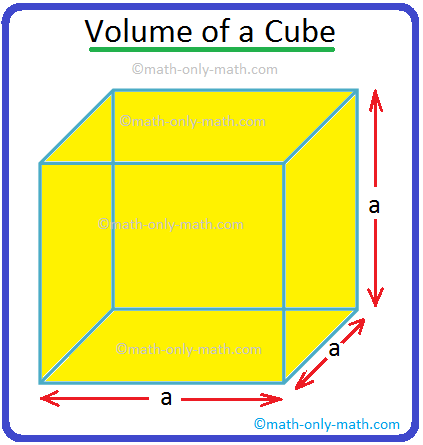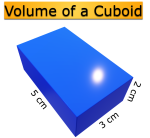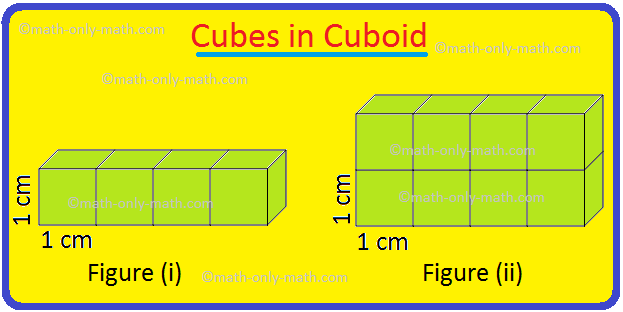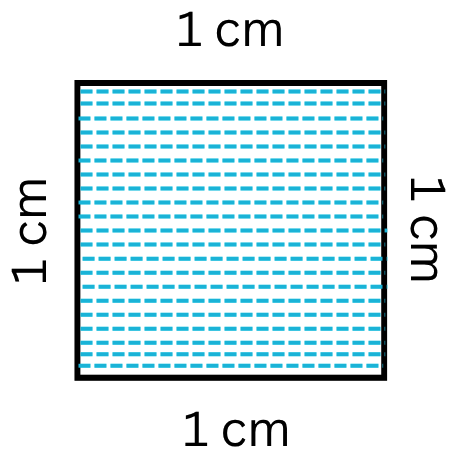Subscribe to our ▶️YouTube channel🔴 for the latest videos, updates, and tips.
Home | About Us | Contact Us | Privacy | Math Blog
Equiradical Surds
If two or more surds are of the same order they are said to be equiradical.
Surds are not equiradical when their surd indices are different.
Thus, √5, √7, 2√5, √x and 10^1/2 are equiradical surds.
But √2, ∛7, ∜6 and 9^2/5 are not equiradical.
Note: Non-equiradical surds can be reduced to equiradical surds.
Thus, non-equiradical surds √3, ∛3, ∜3 become 12√729, 12√81, 12√27 respectively when they are reduced to equiradical surds.
If x is a positive integer with nth root, then n√x is a surd of nth order when the value of n√x is irrational. In n√x expression n is the order of surd and x is called as radicand. For example ∛7 is surd of order 3.
When two or more surds have the same order, they called as Equiradical Surds. For example √2, √3, √5, √7, √x are the surds of order 2. So these surds are equiradical.
When two or more surds don’t have the same order they are called non-equiradical surds. For example√5, √7, ∛10, ∛17, ∜9, ∜20 these surds are non-equiradical surds as they have different orders as 2,3 and 4.
Non-equiradical surds can be expressed in the form of equiradical surds. For example √2, ∛3 and ∜5 are non-equiradical surds with order 2,3 and 4. If we can change the indices of surds such that all the surds can be converted in to a same order, then non-equiradical surds can be expressed in the form of equiradical surds. For this case with orders of 2, 3, 4 we can change surds in the a same order if we change it to the LCM (Lowest Common Multiple) of order and that is 12.
Changing the order of first surd from 2 to 12, √2 = 21/2 = 26/123 = 641/12 = 12√64
Changing the order of second surd from 3 to 12, ∛3 = 31/3 = 3 4/12 = 811/12 = 12√81
Changing the order of third surd from 4 to 12, ∜5 = 51/4 = 53/12 = 1251/12 = 12√125
So √2, ∛3 and ∜5 are the non-equiradical surds which can be expressed in the form of equiradical surds as 12√64, 12√81, 12√125
In two equiradical surds n√x and n√y, n√x > n√y when x > y. For example ∛7 and ∛5 are the two equiradical surds, as 7 > 5, so ∛7 > ∛5. The same comparison can done for more than two equiradical surds also.
For non-equiradical surds if we change it to the form of equiradical surds, then similarly we can compare the values of surds like it is compared for the case of two equiradical numbers. For example ∛7 and ∜5 are two non-equiradical surds. If we need find out ∛7 > ∜5 or ∜5 > ∛7, then we first need to express the surds in to equiradical surds. As the orders of the surds are 3 and 4, LCM of 3 and 4 is 12, so if we make the surds in order 12 we can find out which one is greater value.
∛7 = 71/3 = 74/12 = 24011/12 = 12√2401
∜5 = 51/4 = 53/12 = 1251/12 = 12√125
As 2401 > 125, so ∛7 > ∜5.
Solved Example:
Arrange the surds in descending order.
√10, ∛25, ∜40
Solution:
√10, ∛25, ∜40
Surds are in the order of 2, 3, and 4. So the surds are non-equiradical surds. To arrange the surds in descending order, the surds need to be expressed in the form of equiradical surds. As the LCM of 2, 3 and 4 is 12, so the order of the equiradical surds will be 12.
√10 = 101/2 = 106/12 = 10000001/12
= 12√1000000
∛25 = 251/3 = 254/12 = 3906251/12 = 12√390625
∜40 = 401/4 = 403/12 = 640001/12
= 12√64000
As 1000000 > 390625 > 64000, the ascending order will be √10, ∛25, ∜40.
11 and 12 Grade Math
From Equiradical Surds to HOME PAGE
Didn't find what you were looking for? Or want to know more information about Math Only Math. Use this Google Search to find what you need.
Recent Articles
-
Volume of a Cube | How to Calculate the Volume of a Cube? | Examples
Jul 22, 25 03:02 PM
A cube is a solid box whose every surface is a square of same area. Take an empty box with open top in the shape of a cube whose each edge is 2 cm. Now fit cubes of edges 1 cm in it. From the figure i… -
Volume of a Cuboid | Volume of Cuboid Formula | How to Find the Volume
Jul 20, 25 12:58 PM
Cuboid is a solid box whose every surface is a rectangle of same area or different areas. A cuboid will have a length, breadth and height. Hence we can conclude that volume is 3 dimensional. To measur… -
5th Grade Volume | Units of Volume | Measurement of Volume|Cubic Units
Jul 20, 25 10:22 AM
Volume is the amount of space enclosed by an object or shape, how much 3-dimensional space (length, height, and width) it occupies. A flat shape like triangle, square and rectangle occupies surface on… -
Worksheet on Area of a Square and Rectangle | Area of Squares & Rectan
Jul 19, 25 05:00 AM
We will practice the questions given in the worksheet on area of a square and rectangle. We know the amount of surface that a plane figure covers is called its area. 1. Find the area of the square len… -
Area of Rectangle Square and Triangle | Formulas| Area of Plane Shapes
Jul 18, 25 10:38 AM
Area of a closed plane figure is the amount of surface enclosed within its boundary. Look at the given figures. The shaded region of each figure denotes its area. The standard unit, generally used for…






New! Comments
Have your say about what you just read! Leave me a comment in the box below. Ask a Question or Answer a Question.